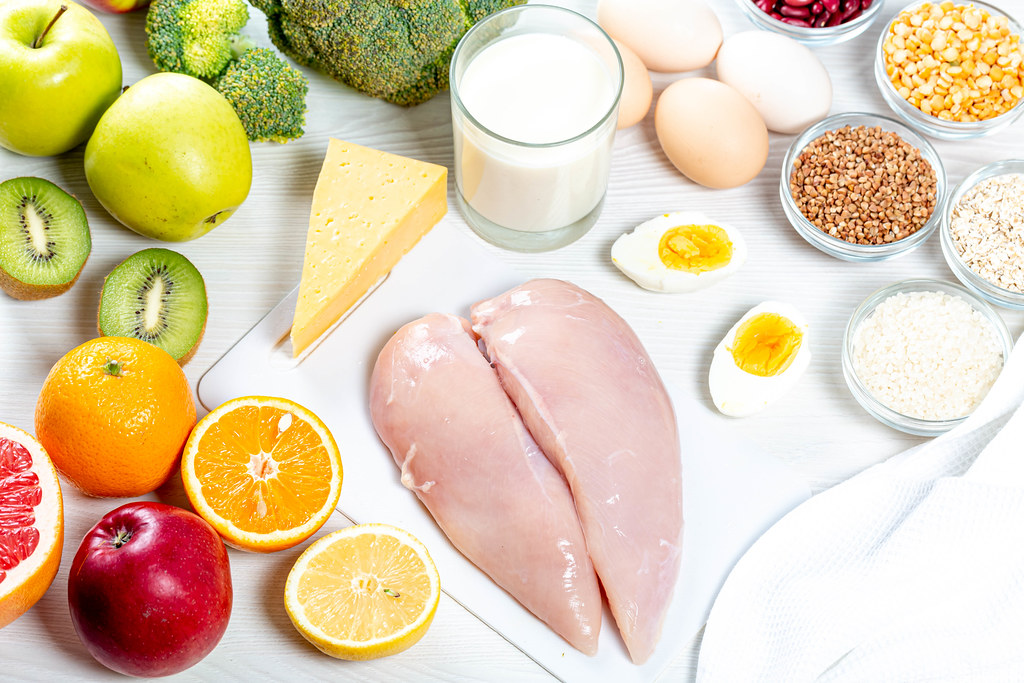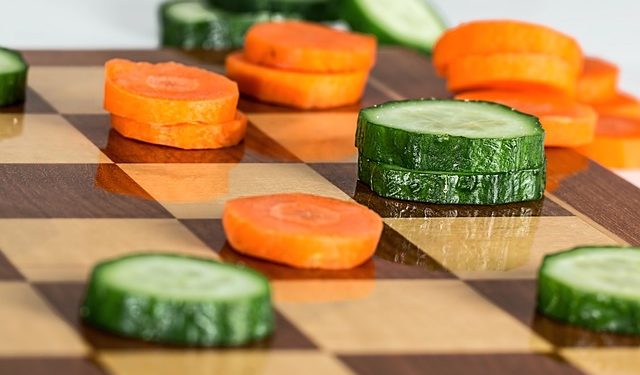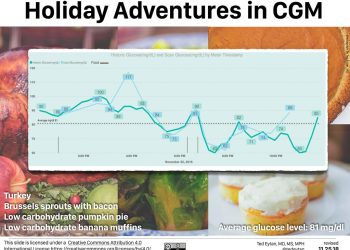Imagine your body as an intricate orchestra, each instrument playing a precious note contributing to the symphony of your overall well-being. Each instrument is to be respected, valued and cared for. The food you place onto your palate is the sublime sheet music that directs the flow, rhythm and essence of this spectacular biologic symphony. Welcome to the world of understanding the basics of a healthy and balanced diet. A universal score that transcends cultures, borders and individual differences. In this article, we will embark on a journey deep into the territories of macronutrients and micronutrients, decipher the codes of meal planning and timing, shed light on the importance of portion sizes, and much more. This is not just about thin or chubby, it’s about understanding the true core of dietary lifestyle for an energetic, healthy and vibrant life. So prepare your conductor’s baton because it’s time to master the art of body-nourishing culinary symphony! Powering Your Plate: Building Blocks of a Balanced Diet
The cornerstones of a balanced diet are the food groups you learned in primary school: grains, fruits, vegetables, protein, and dairy. Base all your meals around these, with a heavy focus on fruits and veggies — they should comprise half your plate. A quarter should consist of lean protein sources like chicken, fish, eggs, or beans, and the last quarter should consist of whole grains or a starchy vegetable. Dairy can be included as part of your protein or as a side note, with emphasis on low-fat or non-fat options.
Embrace the Rainbow: Importance of Colorful, Nutrient-Dense Foods
Truly antioxidant-rich, nutrient-dense foods are found in the most colorful fruits and vegetables. Vary your intake of produce like red tomatoes, green leafy veggies, blueberries, yellow peppers and purple eggplants. The more vibrant the color, the more vitamins, minerals, and antioxidants the food contains. In addition, these nutrient-dense foods are high in dietary fiber, helping you to feel satisfied and control your hunger throughout the day.
Never Skip a Beat: Essential Heart-Healthy Foods for Long-Term Health
To protect your heart and maintain a long-term healthy lifestyle, you should incorporate omega-3-rich foods like salmon, trout, and sardines, along with chia seeds and walnuts. Fiber from oatmeal, berries, and lentils can help decrease bad cholesterol levels, while potassium-rich foods like sweet potatoes, bananas, and oranges can help to manage blood pressure.
Sweet Caution: The True Impact of Sugar on Your Diet
Sugar has a major impact on your diet and overall health. It is primarily found in sodas, candies, baked goods, and fruit drinks, but can also be hidden in foods such as bread, canned vegetables, and pasta sauce. Frequent intake of these foods can lead to obesity, heart disease, and type 2 diabetes. Therefore, it’s essential to read food labels to know how much added sugar you’re consuming.
Perfect Harmony: How to Maintain Diet Balance and Avoid Common Pitfalls
To maintain a balanced diet and keep away from typical pitfalls, it’s crucial to have a consistent eating schedule that includes three meals a day, with healthy snacks in between. Eating well doesn’t mean you can never have your favorite treats — just limit portion sizes or save them for special occasions. Less healthy options can still have a place in your balanced diet as long as you practice moderation and they don’t replace healthier foods.
Beating the Cravings: Strategic Swaps for Healthier Alternatives
At some point, everyone experiences food cravings. One effective way to beat them is to identify healthy alternatives. For example, if you’re craving a salty snack, opt for air-popped popcorn instead of chips. If you’ve got a sweet tooth, try fruit with a drizzle of dark chocolate rather than milk chocolate or candy.
The Path to Sustainable Eating: Making Your Diet a Lifestyle Choice
Healthy eating isn’t a temporary diet; it’s a lifelong journey. Achieve sustainable eating by loading up on nutrient-dense whole foods, cooking at home more often, and practicing mindful eating. Small steps, like planting a vegetable garden, can make clean eating more enjoyable and rewarding. Remember, perfection isn’t the goal — balance is. Eating a variety of foods and enjoying them is the key to sustainable eating. As the curtain slowly falls on our appetizing journey through the fundamentals of a healthy and balanced diet, let’s remember that our bodies are intricate works of art, masterpieces that deserve to be lovingly cared for. Embarking on this culinary odyssey doesn’t equate to a life of tasteless meals. Quite the contrary, it invites us into an enchanting realm full of vibrant fruits, crunchy vegetables, lean proteins, and hearty grains, all of which sing symphonies of flavor as they nourish our bodies.
Yes, just around the corner lies a world dedicated to the sensory pleasures of food and the protective shield of health. Dip your toes into this palette of goodness, start savoring the nutritious and delicious, and let each mindful bite or sip trumpet the commitment to your well-being. Remember, adopting a balanced diet isn’t a sprint; it’s an endurance race. Fresh starts refresh our hopes, but it’s the harmony of steady, consistent choices that compose the most beautiful dietary symphony. Embrace all the colors of the edible rainbow, and through the balance and rhythm of healthy eating, dance your way to a symphony of vitality!














